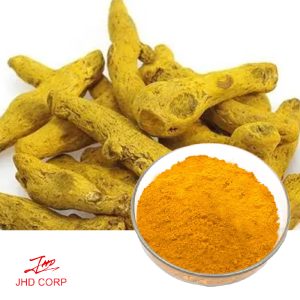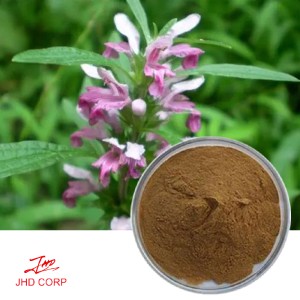Turkesterone vs ecdysterone, which one provides better athletic performance effects?
Turkesterone vs. Ecdysterone: A Comparative Analysis of Athletic Performance Effects
Introduction
Turkesterone and ecdysterone are both naturally occurring ecdysteroids that have gained attention in the world of sports and athletics for their potential performance-enhancing effects. Athletes and fitness enthusiasts are often curious about which of these compounds provides better athletic performance effects. In this article, we will compare and analyze the properties of turkesterone and ecdysterone to shed light on their potential impact on athletic performance.
Turkesterone
Turkesterone is a phytoecdysteroid found in plants such as Ajuga turkestanica and Rhaponticum carthamoides. It has been studied for its potential anabolic and adaptogenic properties, which could benefit athletes looking to improve their physical performance. Some research suggests that turkesterone may help increase muscle mass, improve endurance, and support recovery after intense exercise. However, it is important to note that the majority of studies on turkesterone have been conducted on animal models, and more research is needed to fully understand its effects on human athletic performance.

Ecdysterone for athletic performance:
Ecdysterone, also known as 20-Hydroxyecdysone, is another naturally occurring ecdysteroid that has been studied for its potential performance-enhancing effects. Like turkesterone, ecdysterone is believed to have anabolic properties that could support muscle growth and recovery. Some studies have suggested that ecdysterone may also help improve endurance, strength, and overall athletic performance. However, similar to turkesterone, the majority of research on ecdysterone has been conducted on animals, and more human studies are needed to confirm its effects on athletic performance.
Comparative Analysis
When comparing turkesterone and ecdysterone, it is important to consider their similarities and differences. Both compounds are believed to have anabolic properties that could support muscle growth and recovery, as well as potential benefits for endurance and overall athletic performance. However, the existing research on both turkesterone and ecdysterone is limited, and more studies are needed to fully understand their effects on human athletes.
Conclusion
In conclusion, both turkesterone and ecdysterone show promise as potential enhancers of athletic performance. While some studies have suggested positive effects on muscle growth, endurance, and recovery, it is important to approach these findings with caution due to the limited human research available. Athletes and individuals considering the use of turkesterone or ecdysterone should consult with a healthcare professional and consider the current lack of conclusive evidence regarding their effects on athletic performance. As the scientific understanding of these compounds continues to evolve, further research will be crucial in determining their potential role in supporting athletic endeavors.















